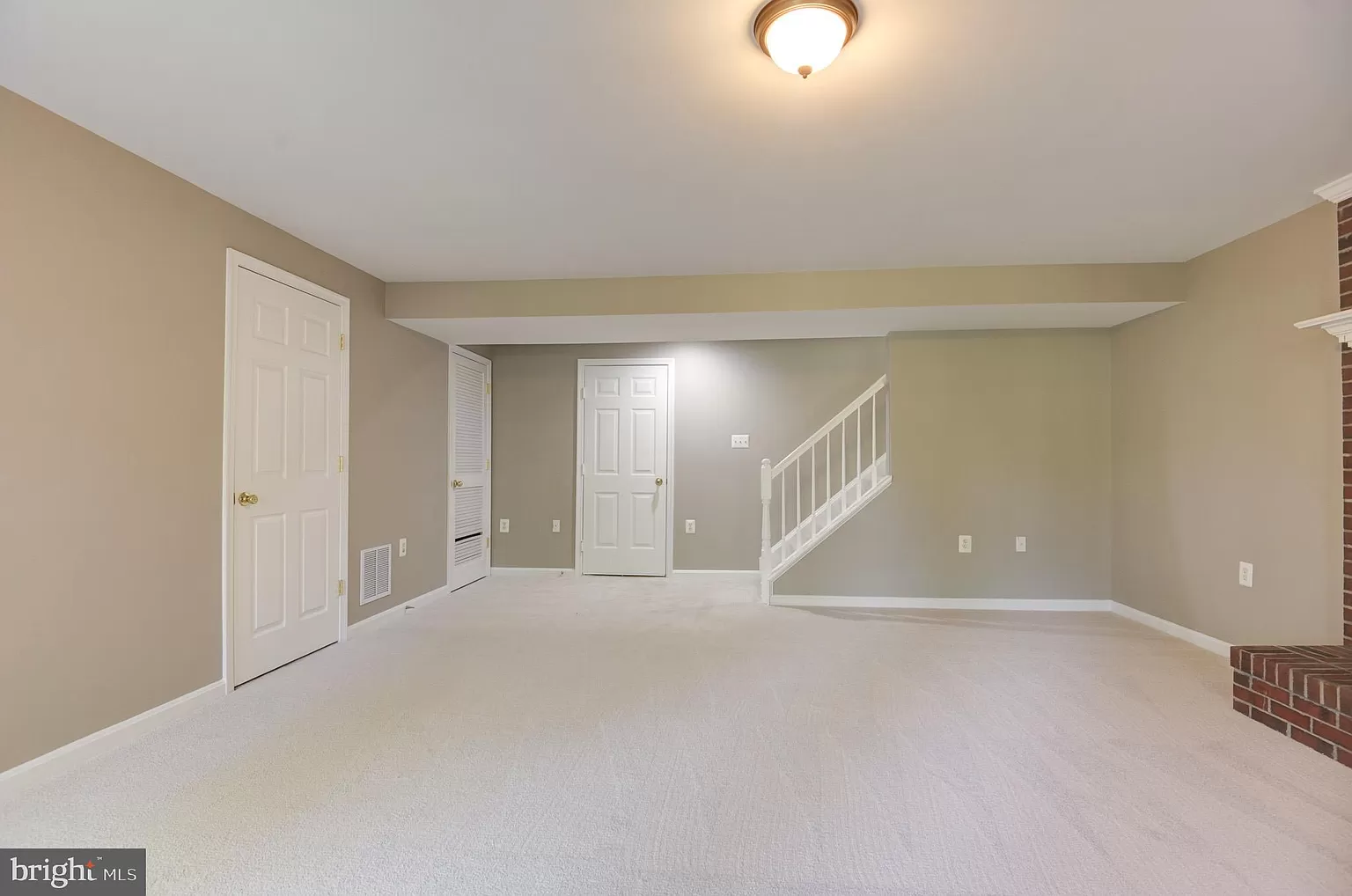Thinking about a fresh coat of paint but unsure how many layers to apply? This is one of the most common questions homeowners face, when tackling an interior paint project.
Too many coats can feel wasteful, but cutting corners can leave walls looking less than stellar. The real question: How many coats of paint for wall gives that smooth, lasting finish we all want?
If you’ve ever wondered why some rooms look pristine while others miss the mark, it’s often due to the right layering of paint. Understanding when to add a second (or even third) coat can make all the difference in keeping your walls looking fresh for years.
This guide will walk you through everything you need to know about coat count, paint quality, and getting that pro-level finish in every room of your home in Ashburn, VA.
Key Takeaways:
- This blog explains how many coats of paint for wall to achieve a polished, durable look.
- Learn how factors like room type, primer, and paint quality affect coat count.
- Get practical advice for pro results, from picking finishes to proper drying times.

How Many Coats of Paint for Wall? Let’s Break It Down
The general rule is that most walls need at least two coats of paint. That second coat adds depth, richness, and durability that a single coat usually can’t achieve.
Here’s what to consider:
Wall Condition
Is your wall new drywall, previously painted, or patched up? For new drywall, applying two coats of primer followed by two coats of paint typically does the trick. For walls that already have color, one coat of primer (especially if you’re switching up the color) followed by two coats of paint often yields the best results. If the surface is rough or porous, you may need additional coats.
Interior Paint Types
Using the right types of interior paint can make a significant difference. High-quality paint often covers well with two coats, while lower-quality options may require more layers to reach the same even finish. Investing in a quality paint type for high-traffic areas, like hallways or busy living rooms, can save time and effort as it holds up better over time, keeping walls looking fresh for longer.
Paint Color
Color plays a big role in how many coats you’ll need. Dark colors usually require more coats to get a deep, even look. Bright or bold colors like reds and blues might also benefit from an extra coat. Lighter shades or neutrals generally cover well with two coats, but it’s always wise to assess after the second layer to ensure consistency.
Room Type and the Coat Count
Wondering how many coats of paint for wall in each room? Here’s how the type of room can impact the number of coats you’ll need for a flawless finish:
- Living Rooms and Bedrooms: For these spaces, two coats of good-quality wall paint usually do the job. Since these areas don’t deal with high humidity or wear, they don’t require the same level of durability as, say, a bathroom or kitchen.
- Bathrooms and Kitchens: These rooms see a lot of moisture and heat, so durable, moisture-resistant paint is a smart choice. Two solid coats are recommended here to ensure the paint can withstand steam, spills, and the daily grind.
- Hallways and Entryways: High-traffic areas like hallways and entryways benefit from durable finishes. While two coats often work well, adding a third coat can provide extra protection, especially if the walls are prone to scuffs from daily foot traffic.
The Power of Primer: Why It’s Worth It
Primer is a game-changer if you’re looking for a smooth, even finish, especially when covering dark or bold colors. Typically, one coat of primer followed by two coats of paint will give you a beautiful finish. Primer also helps paint stick better and creates a more even, long-lasting look. If you’re covering stains or switching to a very different color, primer can make a noticeable difference in the final result.
Choose the Right Paint Finish to Cut Down on Coats
The paint finish you choose impacts how many coats you’ll need. Flat or matte finishes are great for hiding small imperfections, but they might need touch-ups sooner in busy areas. Satin or eggshell finishes tend to be more durable and can offer great coverage with just two coats, making them ideal for rooms that get more use.
Tips for a Successful Paint Project
Here’s how we approach each project at Appaloosa Painting Co. to ensure your walls look their best and your paint job lasts:
- Use High-Quality Paint in High-Traffic Areas: Quality paint covers better, requires fewer coats, and is more durable. We use well-reviewed paints that hold up in busy spaces, so you get a finish that lasts.
- Apply Thin, Even Coats: Thick coats drip and take longer to dry. We use thin, even coats to create a smooth finish, requiring less paint overall and keeping things looking neat.
- Let Each Coat Dry Fully: Each layer needs time to dry fully for a smooth, even look. Rushing between coats can lead to streaks and smudges, so we make sure each coat has enough drying time.
- Invest in Quality Brushes and Rollers: Good tools ensure even paint application, saving time and preventing missed spots. A quality brush or roller gives your walls a professional look without extra touch-ups.
Final Thoughts
So, how many coats of paint for wall? Getting the number of coats right is key to a space that looks polished and welcoming. With a little planning—like picking quality paint, the right finish, and using primer—you can get a lasting, professional look. Most rooms look great with two coats, but it can change depending on the room type, wall condition, and color.
If you’re in Purcellville, Leesburg, or nearby, we’re here to make sure your paint project is done right from the start. At Appaloosa Painting Co., we know quality and detail make all the difference, whether you’re updating one room or your whole house.
Call us at 540-202-7600 for a FREE estimate, and let’s make your space look incredible with a long-lasting finish!


